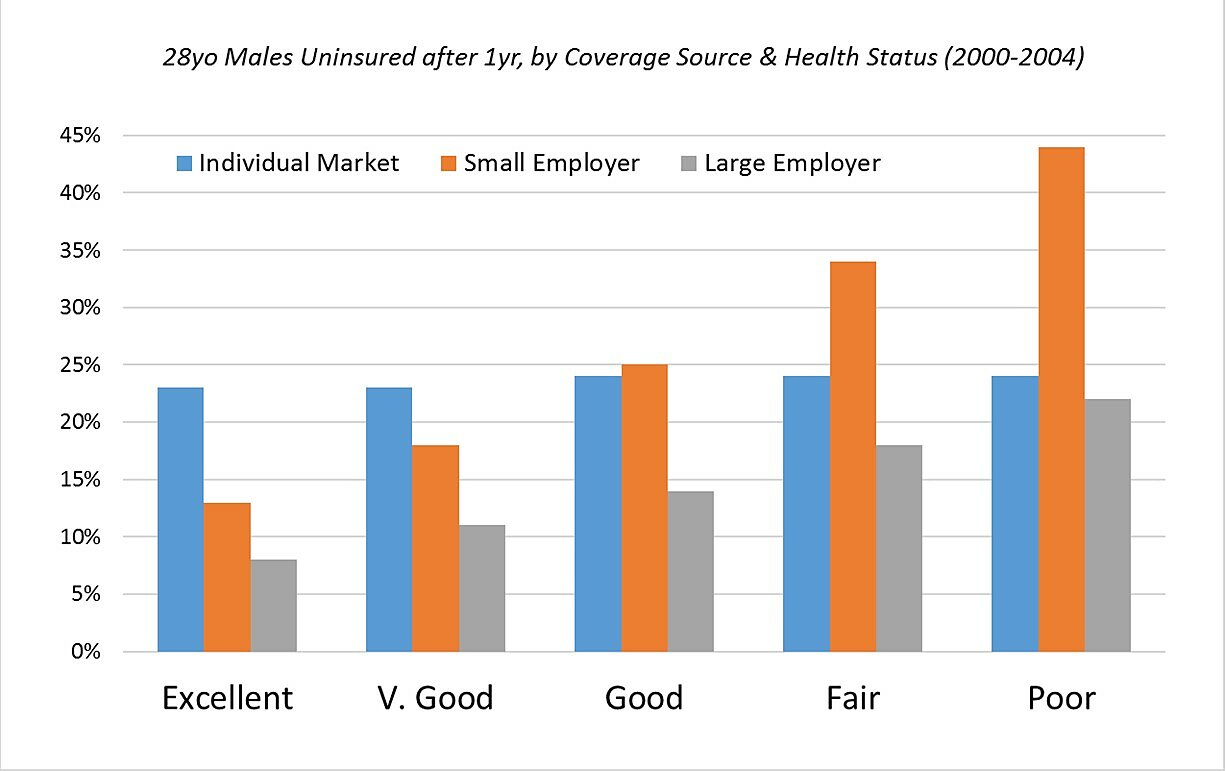I recently wrote about how ideology and confirmation bias has infiltrated research into the opioid overdose issue. I spoke about how researchers can “spin” their findings to comport with the prevailing narrative and improve the likelihood of getting published in peer-reviewed journals.
An example occurred yesterday, when the University of Michigan’s Institute for Healthcare Policy and Innovation announced, with the headline “Unwise opioids for wisdom teeth: Study shows link to long-term use in teens and young adults,” the publication of a research letter in JAMA that day by a team of its researchers.
The study of over 70,000 dental patients, ranging from 13 to 30 years in age, who had wisdom teeth extracted between 2009 and 2015 found,
In all, 1.3 percent of 56,686 wisdom tooth patients who filled their opioid prescription between 2009 and 2015 went on to persistent opioid use, defined as two or more prescriptions filled in the next year written by any provider for any reason. That’s compared with 0.5 percent of the 14,256 wisdom tooth patients who didn’t fill a prescription.”
Set aside the fact this study shows prolonged use is very low. Is there something inherently bad about refilling opioid prescriptions and staying on opioids longer than the average person if one is not addicted? Since we know that opioids have very few harmful effects on organs compared to alcohol, acetaminophen, or NSAIDs (with prolonged use), and since the addiction and misuse rate is somewhere around 1 percent, why are the authors so upset if some people stay on the drug longer than others. The lead author calls this a “long term ill effect.” Really?
Meanwhile, on the same day, another research letter was also published in JAMA by researchers at Brigham and Women’s Hospital in Boston that looked at 1.3 million patients who received 22 types of surgical procedures between the years 2004 and 2015. The study found a 30-day post-discharge overdose rate of 10.3 per 100,000 patients (0.01 percent), dropping to 3.2 overdoses per 100,000 patients (0.0032 percent) for those 61 to 90 days post-discharge. The authors found overdoses within 30 days post-discharge were very low in patients who were “opioid naïve”—2.8 per 100,000 patients (0.0028 percent)—as opposed to patients who were receiving opioids prior to surgery. In patients who were chronically receiving high-dose opioids prior to the operation (defined by the authors as greater than the equivalent of 100mg of morphine per day) that rate jumped to 142.5 per 100,000 patients (0.14 percent).
The authors stated in their concluding discussion:
This study demonstrated that opioid overdose after surgical discharge was rare. Patients were at risk of experiencing an overdose after leaving the hospital, especially in the first month. Furthermore, patients using high quantities of opioids preoperatively were at a heightened risk compared with those not receiving high-dose opioid therapy prior to the operation.”
The big takeaway from this study is that overdose rates in patients discharged on opioids postoperatively are extremely low—even in those who had been chronically receiving high-dose opioids preoperatively. But the authors of the study spent most of the time discussing the fact that overdoses can and do occur in patients discharged from surgery on opioids and occur more frequently in patients who had been on opioids preoperatively.
Give credit to the medical news service MedPage Today for providing dispassionate, no-spin coverage to both studies by covering them together in a story on August 7 entitled: “Post-Surgery Overdoses Are Rare—but higher odds of persistent use seen following some procedures.”
